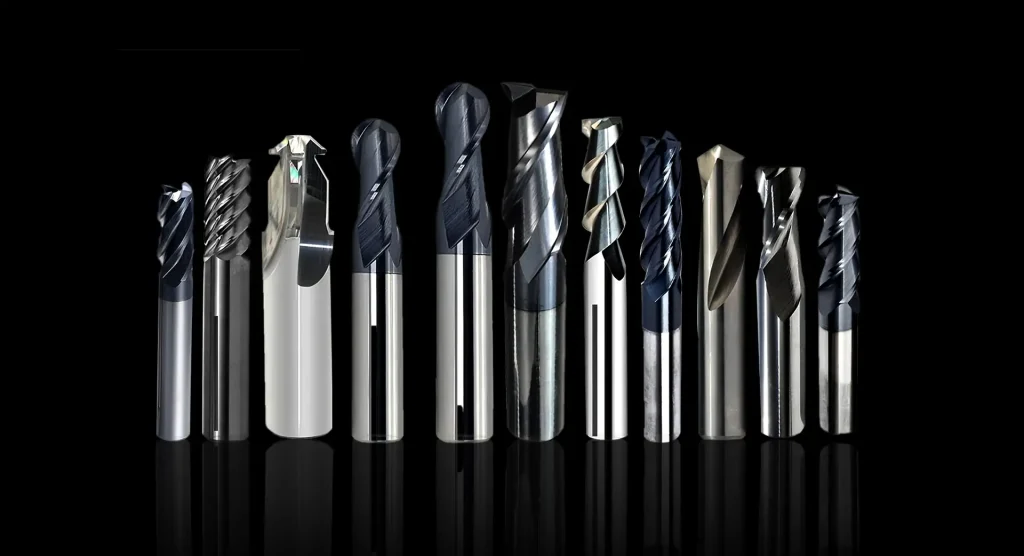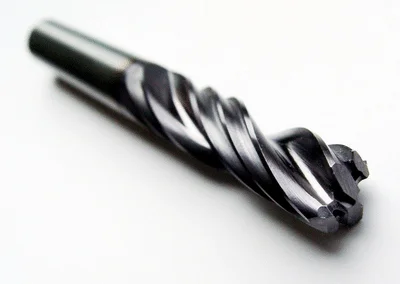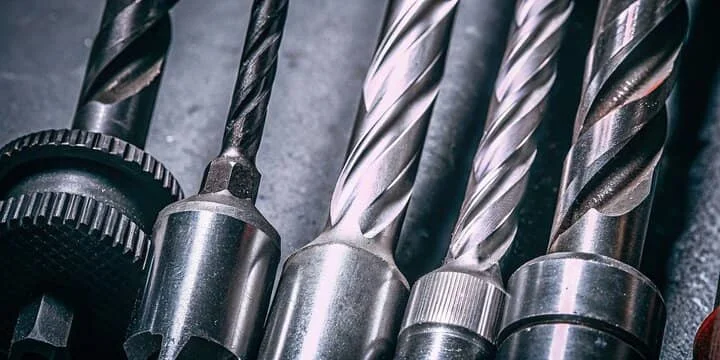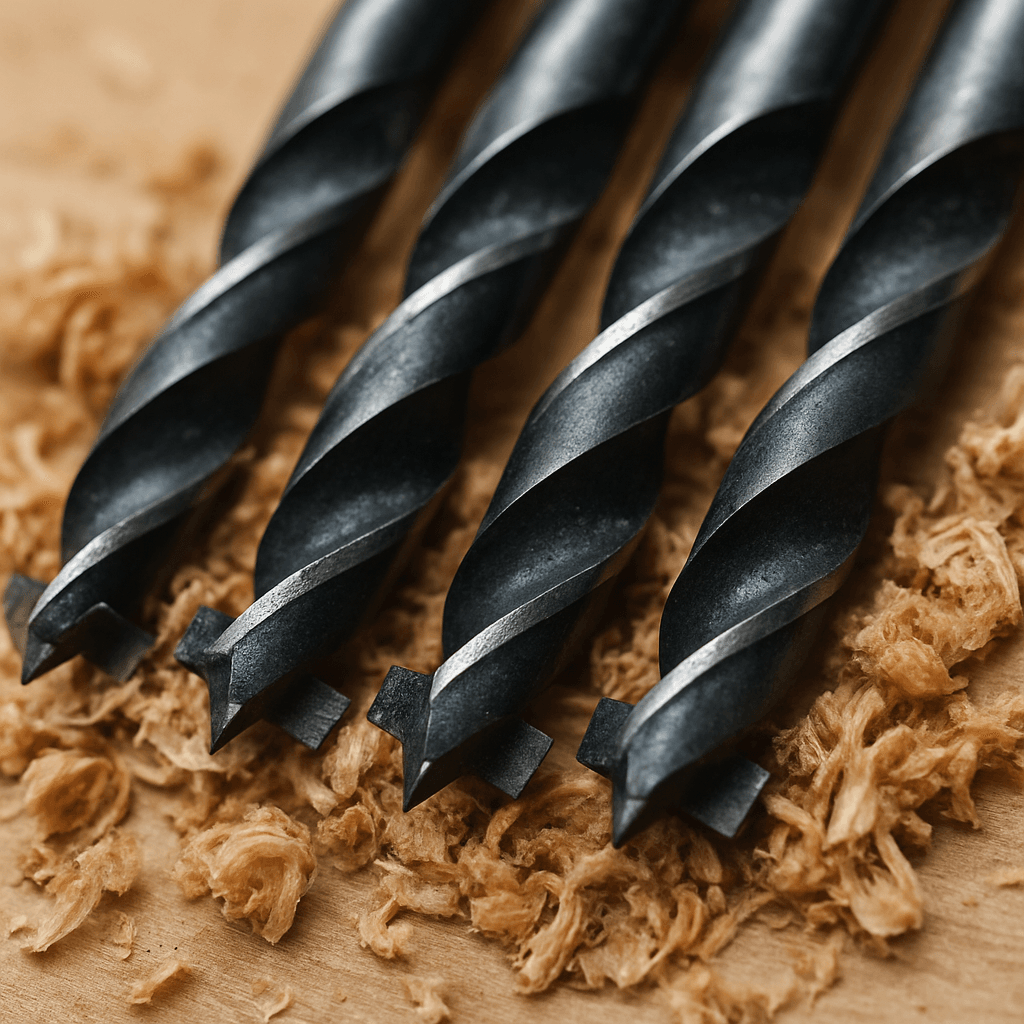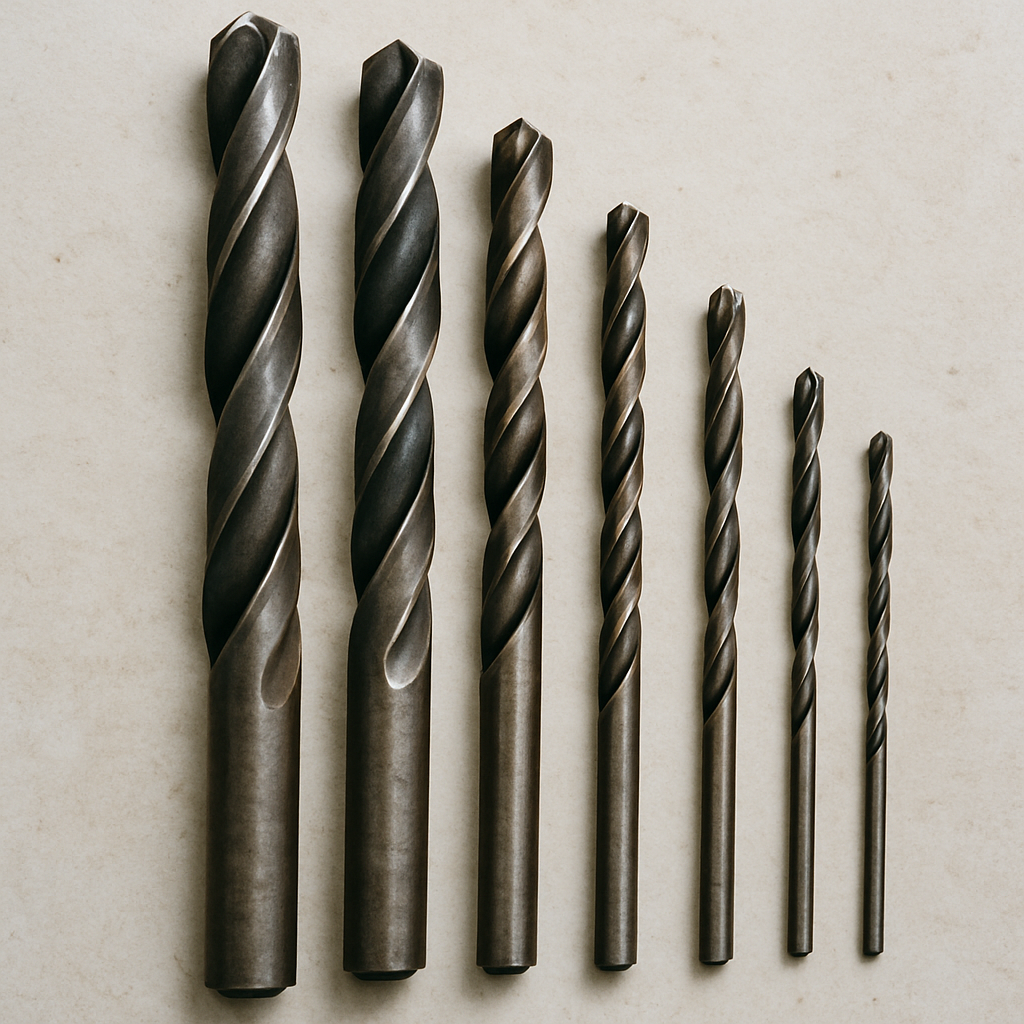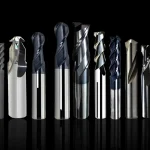Twist drill bits are cylindrical tools used to create holes in various materials, including wood. They consist of a pointed tip and spiral flutes that help remove material as the bit rotates. These bits are designed to cut through materials by shearing away small chips of the material, which are then removed through the flutes. When selecting twist drill bits for wood, it’s important to consider factors such as material, size, and coating. Each of these factors contributes to the overall performance and longevity of the drill bit in different woodworking contexts.
Material Matters
Twist drill bits are made from various materials, each offering different levels of durability and performance. For woodworking, high-speed steel (HSS) is the most popular choice. HSS drill bits are known for their strength and ability to withstand high temperatures, making them ideal for drilling through hardwoods and softwoods alike. They are versatile and can be used for a wide range of woodworking applications, from furniture making to home repairs.
Another option is cobalt drill bits, which are made from a combination of steel and cobalt. These bits are even more durable than HSS and can handle tougher materials. However, they are more expensive, so unless you’re working with extremely hard woods, HSS bits should suffice. Cobalt drill bits are particularly useful in commercial settings where the work involves dense, abrasive woods or when cutting through wood with embedded nails or screws.
Size and Length
Choosing the right size and length of twist drill bit is crucial for achieving clean, precise holes. Twist drill bits come in a range of sizes, typically measured in inches or millimeters. The most common sizes for woodworking are between 1/16 inch and 1/2 inch. It’s important to select the size that corresponds to the type of work you’re doing, such as joining pieces or creating openings for hardware.
For deeper holes, consider using longer drill bits known as “jobber length” bits. These provide the reach needed for thicker wood pieces while maintaining stability during drilling. Longer bits ensure that you can drill through thick materials without compromising the accuracy of the hole. Additionally, having a variety of lengths and sizes in your toolkit allows you to adapt to different project requirements, ensuring versatility in your woodworking endeavors.
Types of Twist Drill Bits for Wood
Not all twist drill bits are created equal. Here are some types specifically designed for woodworking, each offering unique advantages that cater to specific project needs:
Brad Point Bits
Brad point bits, also known as dowel bits, are designed with a sharp point at the tip and spurs on the sides. This design helps the bit stay centered and prevents it from wandering as you start drilling. Brad point bits are excellent for creating clean, precise holes in wood, making them a favorite among woodworkers. The sharp center point ensures that the bit does not drift off course, which is particularly useful when accuracy is critical.
These bits are especially useful in cabinetry and joinery, where precision is paramount. The spurs create a clean edge on the hole, reducing the need for additional sanding or finishing. Brad point bits are ideal for creating holes for dowels or when you need a perfectly aligned hole that matches up with another piece of wood.
Spade Bits
Spade bits, or paddle bits, have a flat, paddle-like shape with a pointed tip. They are ideal for quickly drilling large-diameter holes in wood. While not technically twist drill bits, they are often used alongside them for tasks that require larger holes. Spade bits are particularly useful in rough carpentry or when speed is more important than precision.
These bits are excellent for tasks such as running wires or pipes through wooden structures, where a large, fast hole is required. However, they tend to leave a rougher finish compared to other bits, so they are not suitable for fine woodworking projects. Their design allows for rapid material removal, making them efficient tools for creating rough openings.
Auger Bits
Auger bits have a screw-like tip that helps pull the bit through the wood as it drills. They are designed for deep, large-diameter holes and are particularly useful for drilling through thick wooden beams or logs. The spiral design of the auger bit allows for efficient chip removal, preventing clogging and overheating during the drilling process.
These bits are commonly used in tasks such as installing large bolts or creating holes for structural timber. The screw tip helps maintain a steady, controlled drilling process, which is especially beneficial when working with dense or wet wood. Auger bits are a staple in construction and are prized for their ability to handle heavy-duty tasks with ease.
Forstner Bits
Forstner bits are used for creating flat-bottomed holes and are great for woodworking tasks that require precision, such as making dowel joints or drilling holes for hardware. While not twist drill bits in the traditional sense, they complement them well in a woodworker’s toolkit. Forstner bits are unique in their ability to create clean, smooth holes without a pilot hole.
These bits are ideal for creating overlapping holes or when you need to drill at an angle. They are also used when a project requires large holes with clean edges. Forstner bits excel in precision tasks and are often used in creating mortises and other intricate joinery.
Choosing the Right Coating
Coatings on twist drill bits can enhance their performance and longevity. The right coating can make a significant difference in how well a bit performs over time, especially under rigorous use. Here are some common coatings to consider:
- Black Oxide: Provides some corrosion resistance and increases the lifespan of the bit. Suitable for general woodworking tasks. Black oxide coatings offer a slight increase in durability and are a cost-effective way to extend the life of your drill bits.
- Titanium Nitride (TiN): Increases the hardness of the bit and improves wear resistance. TiN-coated bits are excellent for heavy-duty drilling in wood. This coating reduces friction and heat build-up, allowing for faster drilling speeds without compromising the integrity of the bit.
- Cobalt: As mentioned earlier, cobalt drill bits are highly durable and can handle tough materials. Cobalt coatings further enhance this durability. The additional coating provides exceptional heat resistance, making these bits ideal for continuous drilling in challenging materials.
Tips for Drilling Wood
Using twist drill bits effectively requires some technique. Here are a few tips to ensure successful drilling, enhancing both the quality and efficiency of your work:
- Use a Drill Press: For precise holes, especially in larger pieces, consider using a drill press. This tool helps maintain consistent pressure and depth control. A drill press ensures vertical alignment, reducing the risk of angled or crooked holes, which is crucial for professional-grade results.
- Pilot Holes: When working with hardwoods, drilling a small pilot hole first can prevent the wood from splitting and make it easier to drill the final hole. Pilot holes guide the larger bit and reduce stress on the wood, especially important when driving screws or using larger bits.
- Slow and Steady: Apply steady pressure and let the drill bit do the work. Avoid forcing the bit, as this can cause overheating and dull the bit. Taking your time ensures that the bit cuts cleanly and reduces the chance of damaging the wood or the tool.
- Regular Maintenance: Keep your drill bits sharp and clean. Dull bits can lead to rough holes and may damage your workpiece. Regular sharpening and cleaning extend the life of your bits and ensure consistent performance, saving time and money in the long run.
Conclusion
Selecting the right twist drill bits for wood can significantly impact the quality of your woodworking projects. High-speed steel bits are a reliable choice for most tasks, while specific types like brad point and Forstner bits offer specialized functionality. Understanding which bit to use for each task can drastically improve the outcome of your projects. Remember to consider coatings and follow best practices for drilling to achieve the best results. With the right twist drill bits in your toolkit, you’ll be well-equipped to tackle any woodworking challenge.


